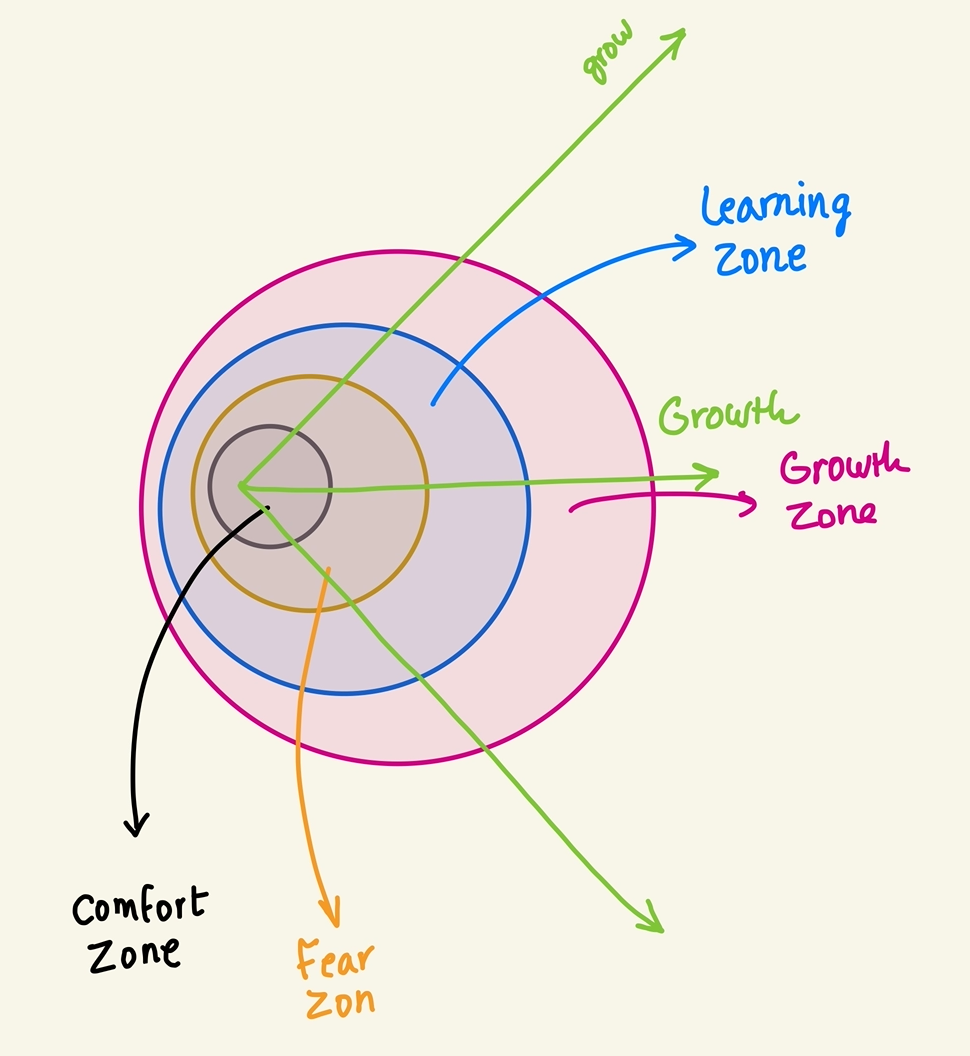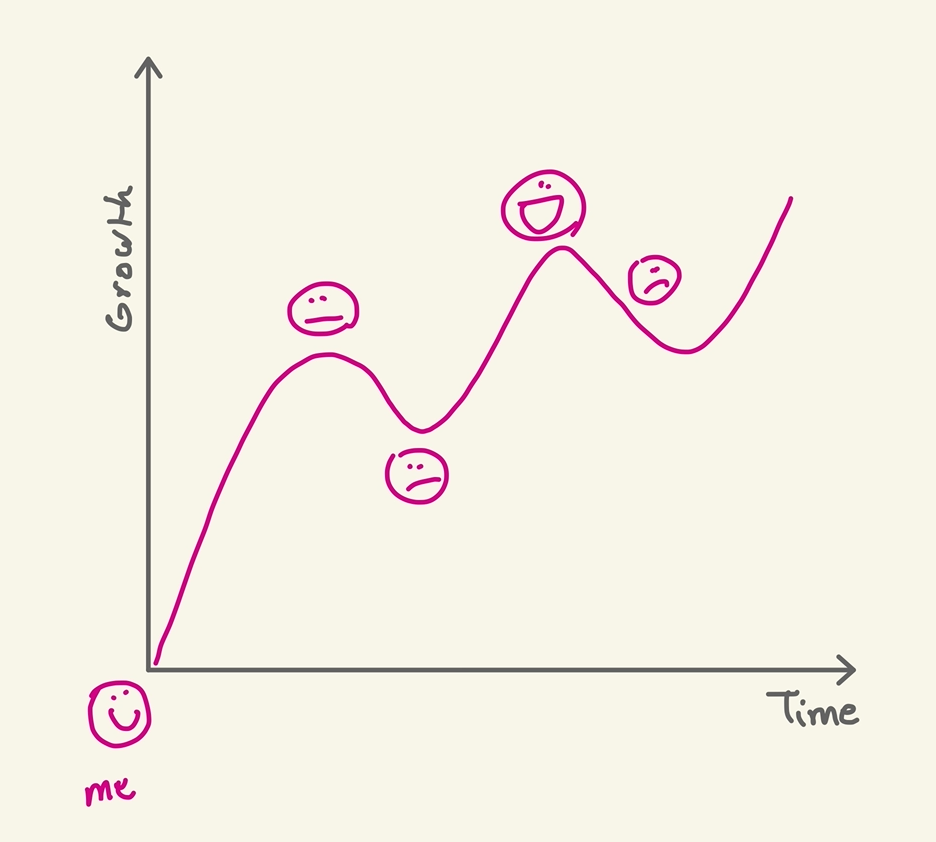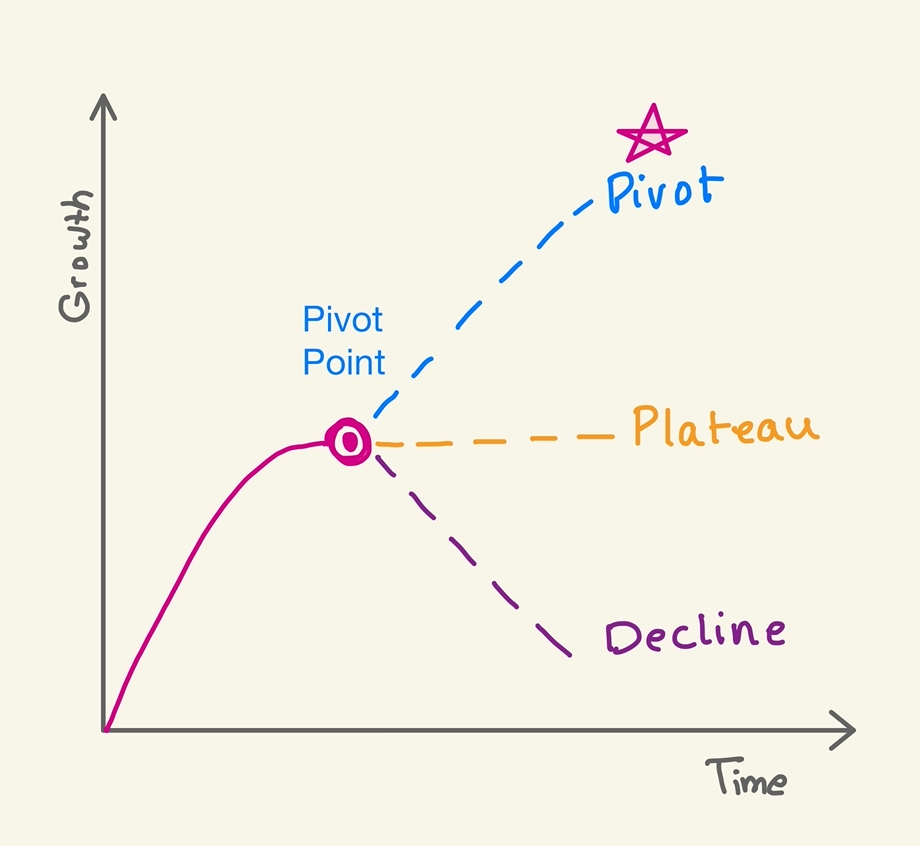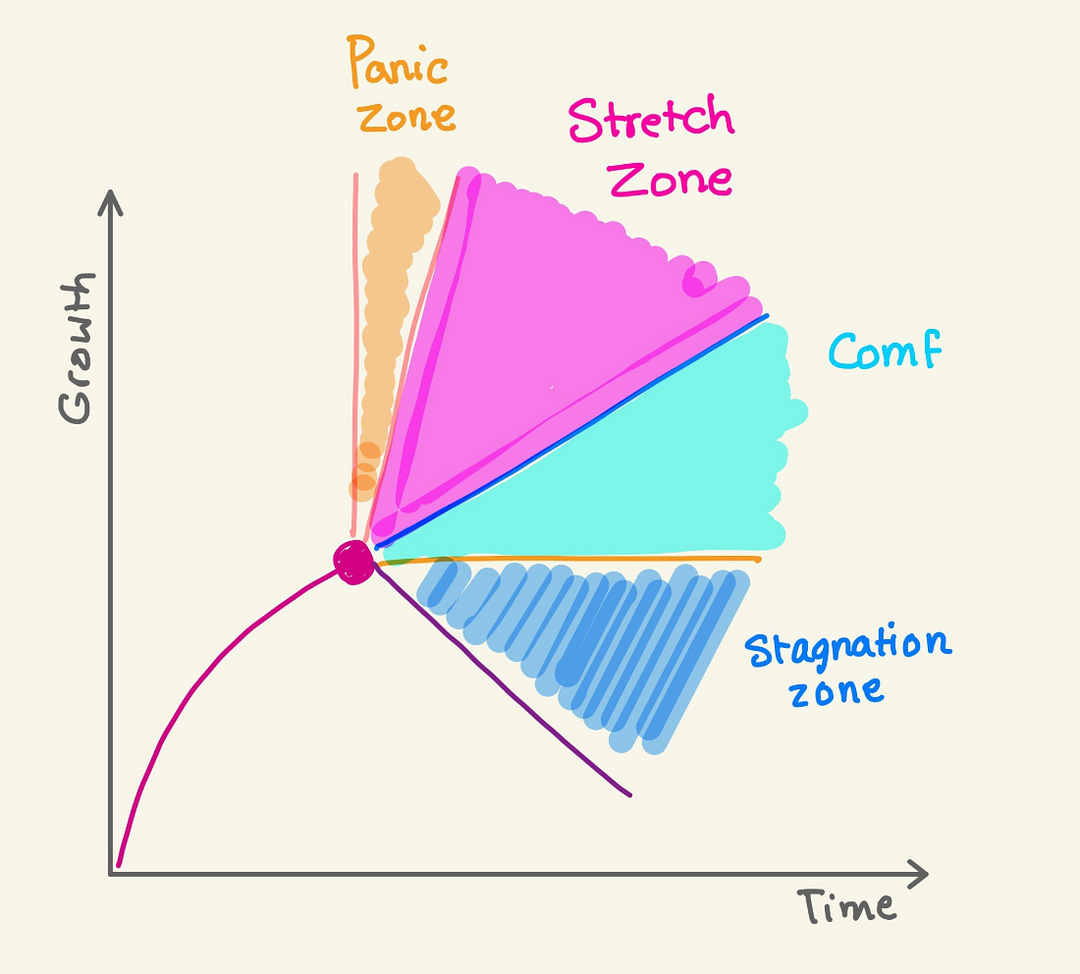The world around us is changing at the highest rate as ever. The technology increased the pace of our lives and as people working in the tech industry, we feel this even more than others. We constantly have to learn, keep up with new technologies, frameworks, programming languages, libraries, and many other things, even emojis.

New Emojis in iOS 13.2
We are all running to keep with all these changes and most of us, at some point in time, will get tired and bored with our jobs. We just need something different, something new. Something to push further the point we are. We end up talking to recruiters and looking for the next star position in a startup company. We look for an upgrade, a change, and something different. We keep asking ourselves “what’s next?”
If you ever felt this way, or you are feeling this way now, I am telling you that you reach your pivot point.
Most of us when we reach the pivot point we rely on our passion. What do we like to do? What does excite us the most? But, should the passion drive us? Or should we drive our passion?

I remember my self after a year from joining my first job, I was not challenged anymore, but I was great at what I do. I could finish projects effectively and deliver on time. When there was a bug, I was a to-go person to solve it. Despite all these, I was not feeling ok with myself. So, I asked my manager “What’s next?” Then he offered I lead an upcoming project in a totally different area.
A year passed, I was feeling bored again, this time I did not ask and started to interview with other companies. I found a role at a FinTech startup where I could work on a different part of a stack. I was happy and engaged, but after a year or so, I was asking my manager, “What is next?”. Then I got promoted to a senior-level position where my responsibilities grew and there were new challenges. This happened two times more in that job. Where the last time I wanted to ask I was already an Architect and there was no more room to get grow. So, again, I started to interview and I joined Netflix to work on different types of challenges. I am happy now, but I am pretty sure I am going to ask “What is Next?” again.
I thought maybe something is wrong with me in particular that I am hitting plateaus too often in my career. But it was not me. The job market is great and technology is advancing rapidly, and especially in tech, the rate of advancement is so high, that we are going to ask ourselves “what is next?” every few years.
What is a Pivot?
When we think about pivots, we think it should be a drastic change, we should completely move in a different direction, but that is not it at all. Pivoting is one thing to the next. You can even pivot within your role in the same company. So, a pivot is mostly a mindset and a method to discover your next move.
Pivots happen often, there are very personal and not only means nothing is wrong with you but also it is something expected. Hitting a pivot point is a product of your success. It means that you have acclimated to the role that you are in and mastered the nature of your tasks and now you are asking for something more.
In fact, almost all high performers hit pivot points. They naturally like to grow and make an impact, this is what motivates them on a daily basis, and it is totally natural for them to ask “What is next?” a lot of times during their career and Netflix is ground zero for this.
I really like this definition of a pivot from Jenny Blake book called Pivot:
Pivot = A methodical shift in a new, related direction based on the foundation of your strengths and what is already working.
There are two parts to this definition which we are going to explore:
Part one — A methodical shift in a new, related direction

Pivot points are actually opportunities for you to ask what is next and how to make bigger impact. We tend to think of growth as a very linear process like an old notion of the career ladder. And then we define comfort zones, as a place that you are feeling safe and comfortable, it is the place of mastery. As soon as you feel uncomfortable and being judged by others which impacts your confidence then you are in a “Fear Zone”. From there, you start to realize you need to learn something new and you start learning, so now you are in the “Learning Zone”. When you acquire that new skill then you grew and entered the “Growth Zone”.

How growth actually looks like
We look at this as a straight linear line. But this is not what is actually happening. I always feel my career looks like a sine model or a wave. We start from zero, we learn and take challenges and finally, we reach the top. And that is a pivot point.

What can happen after we encounter a pivot point
From there we can either plateau which is the general feeling of “I am fine” “It is ok” “It is working fine” or take an active decline when we are in a role that does not fit us anymore. At this point, the choice is to pivot. Pivots can be very small within your role or they can be bigger. But according to Jenny Blake's book on Pivot, pivots should be within your stretch zone. If you try to change too sharply it may send you to your panic zone and if you do not change enough you may still be inside your comfort zone. You have to consider moving to your stretch zone within the next time you are in a pivot point.

Zones at pivot point
When you reach a pivot point, first try to think what is the next step within your stretch zone in your current role at the current company, which makes you feel challenged, engaged and excited. Don’t start looking outside of your company first.
Part two — based on the foundation of your strengths and what is already working
I feel like the biggest mistake that I could have made during my career is focusing so much on “what I did not know”, “What I did not learn” and “What I did not have”. We often talk about our careers with the focus on things that are NOT working, that is what everyone’s asking us. Instead, we need to focus on things that are already working for us, we need to focus on our strengths.
If you think about the pivot as a ballet dancer analogy. Ballet dancers when they want to turn they have both feet on the floor and then they have one foot firmly rooted and plated down. That is their foundation which gives them strength and stability and then they make the turn with their pivot foot.

The key with pivot always involves a plant foot, which is investing in strengths and expertise that you currently have. As an exercise, you can look back and see if you have ever done this and see what did you use as your planted foot.
It is crucial to get to know your self and your strengths and weaknesses. You may already know them and that is great. But, if not, take some time to think about what is your planted foot in your career and skills and expertise that you can rely on. When you have the answer then you are ready to pivot.
How to Pivot without falling apart
Till here we looked at how pivot looks like and realizing our strengths to rely on when encountering pivots. Now, let’s look at some steps you can take to pivot effectively which were illustrated in Jenny Blake’s book called Pivot.
📍Plant your strengths
When we try to identify our strengths, we can start by asking ourselves the following questions to create a vision that is clear and vivid. The more clear the vision is, the better you can make the decision on what to do next.
What are your strengths?
What are your values?
What is the skill that people rely on?
What do you do for fun?
What does success look like one year from now?
What are the areas you want to make an impact on?
Imagine your self in a year from now. Imagine it in 3D. Start writing down as much as you can.
🔗 Connect the gaps
Now, we need to look for resources that can make that vision come true. Resources can be People, Skills and Projects.
People can be mentors, role models, fermentors. The people can help you identify your strengths and shape your vision.
Skills are important. These are things you can learn to make your vision reality. Take courses, get certifications, do pair programming, any resource that can help you pick up that skill, go for it.
Projects are important too. Maybe you have the skill already but you need a better project to make the impact.
💡 Test new ideas
It is important to be open to new ideas in your careers and do pilot projects to test if that works in a smaller stage. Pilots are small projects which take about 10 to 20 percent of your career.
There are three questions you can ask yourself when picking up a pilot project, which all has a key world starting with “E”, Jenny Blake calls this the Triple-E factor to choose a pilot.
Do I enjoy it?
Can I become an expert at it?
Is there room to expand?
Reflect and think about what are the small experiments that you can do in your career to push your career forward. Think about pilots that fall in your stretch zones. Think what moves you closer to your one year vision.
Knowing how to pivot is a skill, not a crisis. Pivots are not jumps if you follow these steps since you run pilots and relied on your strengths. So you will not jump into your panic zone anymore. Also, know that failure is inevitable, you better try and fail rather than not failing at all. But try to learn from your failures. Once I heard this quote which resonates with me a lot:
It is NOT ok to make mistakes,
It is ONLY ok to make new mistakes.
References:
Powered by Froala Editor







